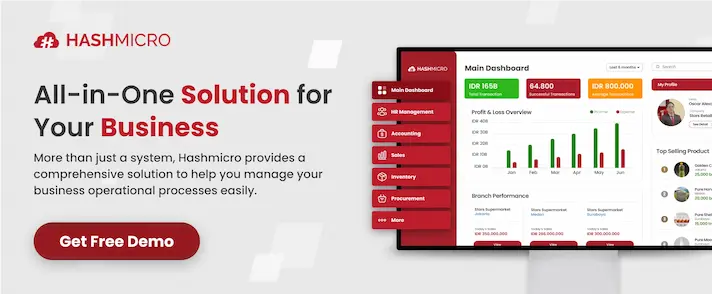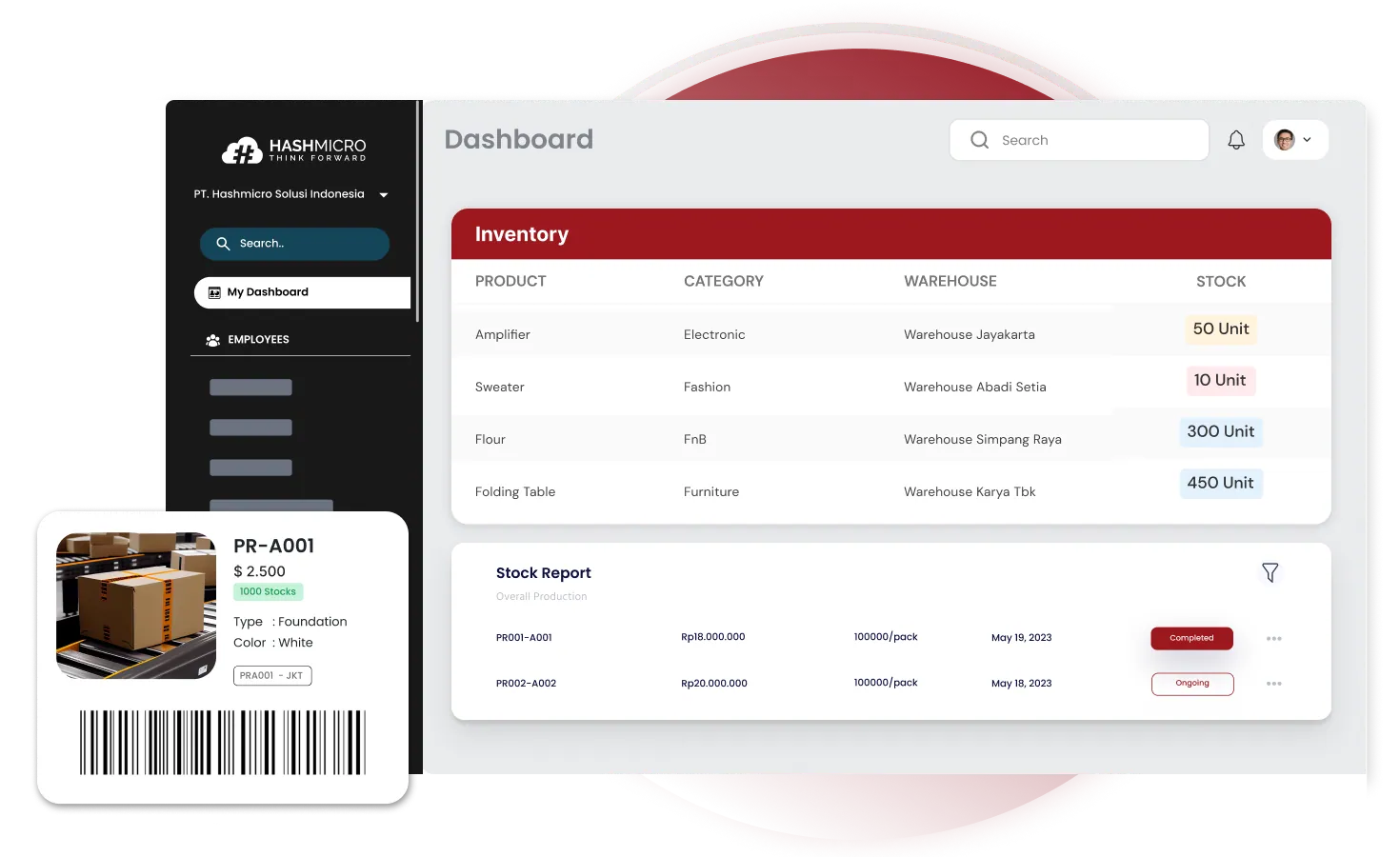Capacity planning is the process of determining the resources required to meet future demand for products or services. It involves forecasting, assessing available capacity, and aligning resources to ensure operational efficiency and customer satisfaction.
To plan effective capacity, businesses must analyze historical data, market trends, and resource availability to inform their planning. Tools like inventory software help track stock levels, optimize procurement, and streamline production to match demand, ensuring resources are properly allocated.
Are you interested in learning more about it? Continue reading to discover key strategies, benefits, and actionable insights that can enhance your capacity management efforts.

Key Takeaways
|
What is Capacity Planning?
Capacity planning is the process of determining the resources needed to meet demand for products or services. It ensures that a company has the right amount of resources to operate efficiently without over- or under-utilizing its capacity.
Another key point is that capacity planning in operations management involves ensuring that an organization has the necessary production capacity to meet fluctuating demand. It aligns resource availability with demand to maintain smooth operations without overburdening the system.
Capacity management is essential for businesses across various industries, including manufacturing, retail, and service sectors. Typically, operations managers, project managers, and supply chain planners are responsible for implementing and overseeing demand forecasting.
Effective capacity management enables businesses to balance their workload with available resources, thereby reducing downtime and waste. It plays a crucial role in improving operational efficiency and maintaining customer satisfaction by meeting demand on time.
Benefits of Capacity Management
Effective capacity planning offers a range of advantages that enable businesses to optimize their resources and meet customer demand efficiently. Below are the key benefits of capacity management planning.
- Avoiding burnout and managing workloads
Capacity management helps prevent team burnout by understanding the workload each team member can handle. By setting realistic expectations and prioritizing tasks, teams can work more efficiently without being overextended. - Realistic deadlines and improved decision-making
Capacity planning enables more accurate deadline setting by giving insight into actual resource availability. It also enhances decision-making by providing data on resource allocation, supply chains, and market trends, utilizing AI for supply chain management. - Identifying skills shortages
Effective capacity management helps identify skill gaps, enabling businesses to address them proactively and effectively. It might involve training, outsourcing, or adjusting project scopes to ensure the necessary expertise is available.
The Capacity Planning Process

Effective capacity planning is a systematic approach that helps businesses allocate resources efficiently. Besides assessing, below is the process of load planning:
- Assessing current capacity
Firstly, gather data on your existing resources, including personnel, equipment, and facilities. Evaluate how these resources are currently being utilized by measuring their output and efficiency, helping to identify any underuse or overuse of capacity. - Forecasting demand
Secondly, use historical data, market trends, and business projections to predict future demand for products or services. This step requires gathering relevant data, analyzing patterns, and estimating potential fluctuations in demand over a specific period. - Identifying bottlenecks
Thirdly, identify areas where resources may become constrained, such as production delays or workforce limitations. Analyze production planning processes to uncover inefficiencies, shortages, or dependencies that may hinder the ability to meet future demand. - Developing a strategy
Fourthly, based on the assessment of capacity and demand, develop a strategy to address resource gaps. This step involves planning how to expand or optimize capacity, whether through hiring additional staff, acquiring new equipment, or improving workflows. - Implementing solutions and monitoring
Fifthly, execute the strategy by introducing new processes, tools, or resources to meet the planned capacity. Continuously monitor the changes to ensure they are being implemented correctly and producing the intended outcomes in real-time. - Optimizing capacity post-implementation
Lastly, after implementation, evaluate the effectiveness of the changes and make any necessary adjustments. This step involves gathering feedback, tracking performance, and optimizing capacity to adapt to any unforeseen challenges or shifts in demand.
Types of Capacity Planning
Capacity planning comes in various forms, each focusing on a specific resource required to meet business demands. Below are the types of resource planning:
- Workforce capacity planning
Workforce capacity planning encompasses planning for recruitment, onboarding, and managing employee workload to prevent burnout and minimize employee turnover. For example, a company may increase staffing during peak seasons to handle a higher volume of customer orders. - Product capacity planning
It focuses on ensuring that the business has the right amount of physical products or resources, such as raw materials or inventory, to fulfill customer demand. For instance, a retailer may increase stock levels of popular items in anticipation of high sales during holidays or promotions. - Tool and equipment capacity planning
This type of capacity optimization ensures the availability and maintenance of essential tools and equipment, including machinery and IT infrastructure. A manufacturing company may invest in additional machinery or upgrade tools to meet growing production needs. - Strategic, tactical, and operational capacity planning
Strategic capacity management involves long-term decisions, such as expanding facilities or investing in technology. Tactical planning focuses on medium-term actions, such as workforce adjustments, while operational planning handles day-to-day resource allocation to meet immediate demands. - Rough Cut Capacity Planning (RCCP)
Rough Cut Capacity Planning (RCCP) is a high-level method to assess whether available resources can meet forecasted demand. For example, a manufacturer may use RCCP to evaluate if their production capacity aligns with the demand for specific products in the upcoming months before committing to detailed scheduling.
Capacity Optimization Strategies
Choosing the right capacity planning strategy is crucial for aligning resources with business needs while effectively managing risks. Below are the production planning strategies tailored to match your goals and market conditions.
- Lag strategy
The lag strategy involves waiting until demand increases before adding capacity. It is cost-efficient, but customer dissatisfaction occurs if demand exceeds current capacity. For example, a restaurant may only hire extra staff during peak hours when customer traffic increases. - Lead strategy
The lead strategy proactively increases capacity before demand rises. It ensures businesses are ready for future demand but carries the risk of excess capacity if demand doesn’t meet expectations. Retailers hiring seasonal workers before the holiday season is a classic example of this strategy. - Match strategy
The match strategy incrementally adjusts capacity in line with forecasted demand. It offers a balance between the risks of overcapacity and unmet demand, but it requires accurate forecasting. A manufacturer might scale production in small increments to align with anticipated orders, adjusting as needed.
Understanding which strategy fits your business needs can enhance operational efficiency. Download our pricing scheme to explore how tailored solutions can optimize your capacity planning and drive growth.
Capacity Planning vs. Resource Planning
Capacity planning focuses on whether a business can meet its long-term demand and ensure adequate resource availability. In contrast, resource planning focuses on the short-term allocation of specific resources to tasks and projects.
These two processes complement each other by working together to ensure optimal resource usage. Capacity planning prepares the organization for future needs, while resource capacity planning ensures that current projects are adequately supported with available resources.
For example, a manufacturing company uses production planning to determine if it has sufficient production capacity to meet the demand for the next quarter. After assessing capacity, resource capacity planning allocates staff, machines, materials, and warehouse capacity to ensure the timely delivery of services.
Capacity Planning Best Practices

To maximize the effectiveness of capacity planning, organizations should implement several best practices that promote efficiency and adaptability. These practices ensure that resources are optimized, risks are minimized, and businesses are prepared for both expected and unexpected demand.
- Regular assessment and monitoring
Consistently assessing and monitoring capacity ensures that businesses remain responsive to changing demand. For example, conducting monthly reviews of resource usage can help identify any shifts in demand or resource shortages before they become problematic. - Designating cross-functional teams
Cross-functional teams bring together various departments to collaborate on capacity planning, ensuring all aspects of the business are considered. For instance, involving both marketing and production teams in planning helps balance demand forecasts with actual production capabilities. - Leveraging technology for efficiency
Utilizing technology, such as inventory systems and predictive analytics tools, streamlines capacity planning and enhances decision-making. For example, using software that models different demand scenarios can automate capacity adjustments and provide real-time insights into resource utilization. - Incorporating flexibility into plans
Building flexibility into capacity plans allows businesses to quickly adjust to unforeseen circumstances, such as market shifts or unexpected demand spikes. A manufacturer, for instance, might maintain extra workforce capacity during peak seasons to adapt to increased production needs.
Achieve Seamless Capacity Management with HashMicro Inventory Software

As highlighted earlier, effective capacity planning is crucial for aligning resources with demand and ensuring operational efficiency. To support this, HashMicro offers an inventory management software solution designed to optimize and enhance resource allocation in real-time.
HashMicro Inventory Software is Singapore’s premier solution for efficient capacity planning, trusted by over 2,000 leading enterprises across Southeast Asia. It provides a robust system that helps optimize resource utilization by ensuring seamless inventory tracking and real-time updates.
Key features of HashMicro Inventory Management Software that support capacity planning include:
- Integrated with Hashy AI for Inventory: The system monitors stock levels, notifies users of low stock, recommends purchases, manages reorder and purchase requests (PRs), tracks PR status, alerts users to expiring products, and handles internal transfer requests.
- Putaway strategy: This feature assigns storage locations automatically based on product type, category, or available space, simplifying the storage process.
- Quality control management: The system tracks goods during receiving and shipping, categorizing them as accepted or rejected based on quality checks.
- Integrated with weighing scale: This feature reads weight data directly from connected weighing scales, removing the need for manual entry during receiving or shipping.
- 3D warehouse overview: Users can view a 3D map of the warehouse, displaying product locations and quantities at specific points for enhanced inventory management.
- Integrated with barcode, QR, and RFID: This feature supports barcode, QR code, and RFID technology for tracking products and locations, ensuring easy and accurate inventory tracking.
- Product expiry dashboard: The system provides real-time data on products nearing expiration and sends notifications, enabling easy tracking of expiring goods.
HashMicro also offers CTC grants of up to 70%, enabling businesses to leverage financial support and enhance their invoicing and financial management processes with advanced software solutions.
Conclusion
To conclude, capacity planning is the process of ensuring that your business has the necessary resources to meet future demand. It involves forecasting, assessing available capacity, and aligning resources to achieve optimal efficiency and customer satisfaction.
HashMicro Inventory Software helps businesses manage their stock levels, optimize procurement, and streamline production, making resource allocation more effective. By utilizing real-time data and analytics, it ensures that resources are allocated efficiently to meet demand.
Start improving your capacity optimization today with HashMicro Inventory Software. Try our free demo to see how it can help you optimize your resources and enhance your business operations!
Warning: Undefined array key "med" in /home/hashmicr/public_html/blog/wp-content/plugins/insert-headers-and-footers/includes/class-wpcode-snippet-execute.php(419) : eval()'d code on line 281

Frequently Asked Questions About Capacity Planning
-
What does a capacity planning model involve?
A capacity planning model is a strategic approach used by businesses to assess and address both current and future staffing needs. It takes into account factors such as human resources, skill sets, time, and budget to ensure a balance between available resources and actual demand.
-
What is an example of capacity planning?
For instance, a retailer might need to hire extra seasonal workers during peak periods, such as the holiday season or a special sale. By predicting higher customer traffic, they can adequately staff the store and temporarily increase headcount to meet demand.
-
What are the key steps in capacity planning?
Capacity planning involves assessing current resources, forecasting future demand, and aligning available capacity to meet that demand. After estimating demand, businesses match their resources accordingly. Continuous monitoring ensures that capacity remains in sync with needs, allowing for necessary adjustments.
































